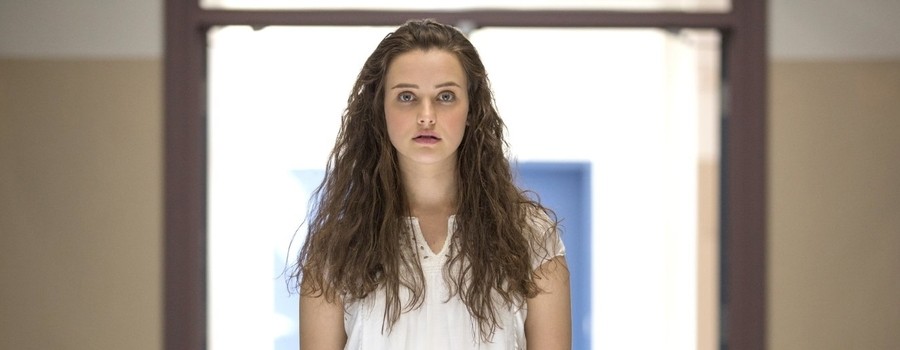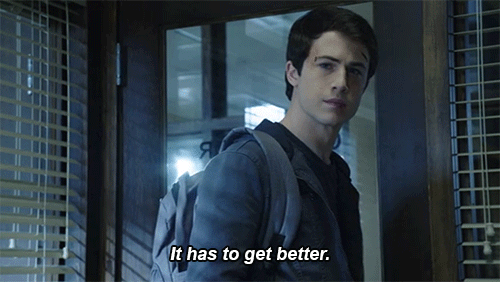Warning: discussion on suicide. Some spoilers ahead on 13 Reasons Why.
If you haven’t heard, 13 Reasons Why is Netflix‘s latest drama that is dividing opinions. The premise: a high school girl named Hannah Baker takes her own life and leaves behind 13 cassette tapes documenting the reasons why. It already sounds problematic and has people questioning over whether it does more harm than good.
The reviews have credited the way grief and guilt are portrayed, as well as the manner of which bullying and sexual assault have been handled, which has been praised for its awareness. However, the topic of suicide has had some mixed opinions with some critics concerned over the scene of the suicide itself. This is perfectly understandable as it is a very graphic and distressing scene; by showing such a harmful action, it has raised a lot of red flags with mental health experts.

Just recently, headspace has issued a warning to viewers about the overall graphic content in 13 Reasons Why. This comes after concerns were raised by schools, parents and young people across Australia about the triggering content. The organisation’s Headspace School Support and eHeadspace programs have received a numbers of calls and emails directly related to 13 Reasons Why.
“There is a responsibility for broadcasters to know what they are showing and the impact that certain content can have on an audience – and on a young audience in particular,” said Dr Steven Leicester, Head of eHeadspace.
Such exposure to triggering content, despite the show’s warnings, have lead experts to voice their opinions.
“National and international research clearly indicates the very real impact and risk to harmful suicide exposure leading to increased risk and possible suicide contagion,” National manager of Headspace School Support, Kristen Douglas, said.

The main issues being raised were the show’s depiction of suicide, and the fact the content is viewed by a demographic who are most vulnerable to suicidal thoughts.
“People have said the show has triggered their own vulnerabilities and made them consider whether suicide is a possible option for them,” Kirsten Douglas said. Because of these “unsafe” representations, it has heightened the risk of spikes in suicide due to being exposed to it.
“Particularly around exposure and vulnerability for that age group, kids are very impulsive,” she said. “I also think [they should have considered] not describing method, not going anywhere near graphic content or details. It’s that information that really causes risk,” said Kristen Douglas.
“Sadly when you die, you die, and a lot of young people don’t fully understand the finality of death,” said Kristen Douglas. “[Theshow] gives this very real sense of getting resolution for the their issues, which doesn’t happen obviously.”
What has also raised alarms is the content rating and warning system that Netflix has implemented. 13 Reasons Why comes with trigger warnings and sits with a rating of MA15+ but given the content, there should have been further warnings or a higher rating placed on the show.
Fincina Hopgood, a lecturer in screen studies at the University of New England and an expert on representations of mental illness in film, has said the depiction of youth suicide is important, but “the worst thing we can do is not depict the issue as that becomes counter-productive”.
Trigger warnings are not enough because while it warns the viewer about the content, it doesn’t offer any assistance to people who are triggered by it.
Hopsgood believes there should be direct contact details to helpline services within the warnings, because these warnings needed more and it becomes “a free pass in a way.”

“We worked very hard not to be gratuitous, but we did want it to be painful to watch,” he said.“We wanted it to be very clear that there is nothing in any way worthwhile about suicide.”


